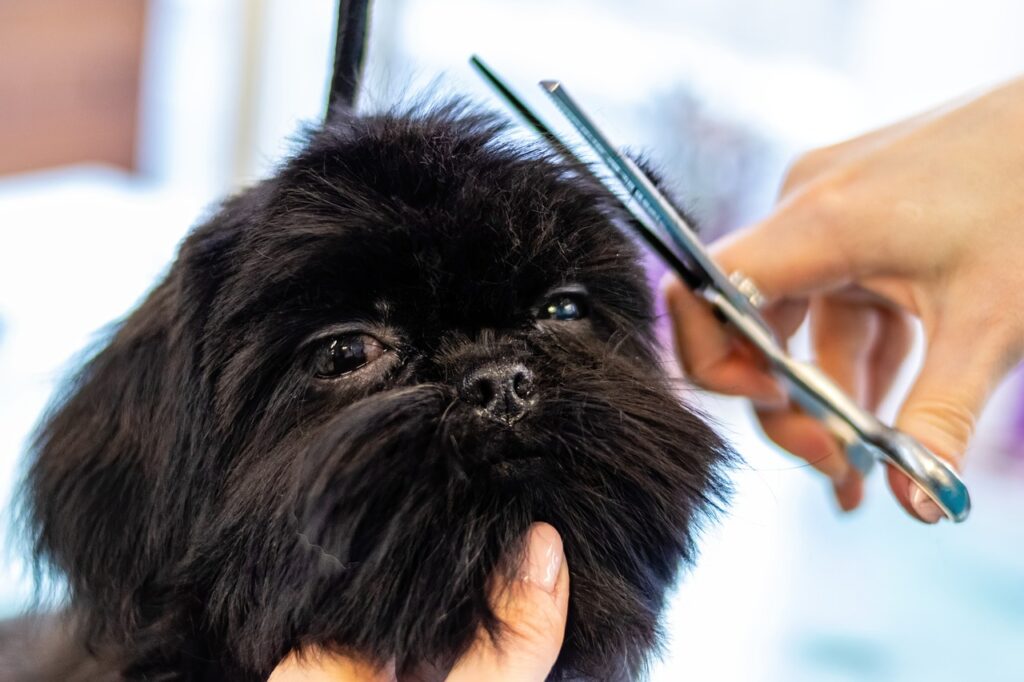When it comes to our furry friends, the diverse world of dog coat types is truly fascinating. Dogs come in all shapes and sizes, and their coats are no exception. From sleek and short to fluffy and long, each dog coat type possesses unique characteristics that serve various purposes. In this article, we will explore the different dog coat types, their specific features, and how these coats contribute to their overall health and well-being.
I. Short Coats: Sleek and Low-Maintenance
Short-coated dogs are known for their smooth and shiny fur, which lies close to their body. This type of coat is perfect for warmer climates and requires minimal grooming. Breeds such as the Boxer, Doberman Pinscher, and Greyhound sport short coats that provide excellent insulation, protection, and efficient cooling.
II. Medium Coats: Versatile and Easy to Maintain
Medium-coated dogs possess fur that is longer and denser than their short-coated counterparts. Breeds like the Labrador Retriever, Golden Retriever, and Border Collie fall into this category. Their medium coats offer a good balance between insulation and protection, making them adaptable to various weather conditions. Regular brushing and occasional trimming are usually sufficient to keep their coats looking healthy and shiny.
III. Long Coats: Luxurious and High-Maintenance
Long-coated dogs boast a regal appearance with their flowing locks that require more attention and care. Breeds such as the Afghan Hound, Shih Tzu, and Old English Sheepdog possess these magnificent coats. The long fur serves as protection against extreme temperatures and provides insulation. However, it also requires regular grooming, including brushing to prevent matting and trimming to maintain a neat appearance.
IV. Double Coats: Built for All Seasons
Double-coated dogs have an outer layer of long guard hairs and a dense undercoat, offering exceptional insulation. This coat type is commonly found in breeds like the Siberian Husky, Alaskan Malamute, and Samoyed. The dual-layered coat allows these dogs to stay cool in the summer by shedding the undercoat and warm in the winter by trapping air between the layers. Regular brushing and occasional bathing are necessary to maintain the coat’s health and prevent excessive shedding.
V. Wire Coats: Rugged and Weather-Resistant
Wire-coated dogs have a rough-textured outer coat that provides excellent protection against harsh weather conditions and potential injuries. Breeds like the Airedale Terrier, Wire Fox Terrier, and Scottish Terrier showcase this distinctive coat type. The wiry hairs act as a barrier, shielding the dog from debris, water, and even minor bites. Regular hand-stripping or professional trimming is essential to maintain the wire coat’s texture and prevent matting.
VI. Curly Coats: Hypoallergenic and Unique
Curly-coated dogs have tight, curly fur that is often low-shedding and suitable for individuals with allergies. Breeds such as the Poodle, Bichon Frise, and Portuguese Water Dog possess these hypoallergenic coats. The tight curls act as a barrier, reducing the amount of dander and allergens released into the environment. Regular grooming, including brushing and professional trimming, helps maintain the curly coat’s shape and prevents matting.
Frequently Asked Questions (FAQs):
Q1: How often should I groom my dog with a short coat?
A1: Short-coated dogs require minimal grooming. Brushing them once or twice a week, along with occasional bathing, is usually sufficient to keep their coat healthy and shiny.
Q2: Are long-coated dogs prone to matting?
A2: Yes, long-coated dogs are more prone to matting. Regular brushing, particularly in areas prone to tangling, and occasional professional grooming are essential to prevent matting and keep the coat in good condition.
Q3: Can I trim my dog’s double coat?
A3: It is generally not recommended to trim a double coat, as it plays a crucial role in regulating body temperature. However, regular brushing and occasional bathing are necessary to maintain the coat’s health and prevent excessive shedding.
Q4: How do I maintain a wire coat?
A4: To maintain a wire coat, regular hand-stripping or professional trimming is essential. This process helps remove dead hairs and promotes the growth of a new, healthy coat. Regular brushing is also necessary to prevent matting.
Q5: Are curly-coated dogs truly hypoallergenic?
A5: While no dog is entirely hypoallergenic, curly-coated dogs are often considered more hypoallergenic due to their low-shedding nature. Regular grooming, including brushing and professional trimming, helps minimize allergens in the environment.
Conclusion:
Understanding the diverse range of dog coat types is crucial for every dog owner. Each coat type serves a specific purpose, providing insulation, protection, and even allergen reduction. By recognizing the unique characteristics of different coat types, you can better cater to your furry friend’s grooming needs and ensure their coat remains healthy and beautiful. So, whether your dog sports a short, medium, long, double, wire, or curly coat, embracing their uniqueness will only strengthen the bond between you and your beloved companion.

